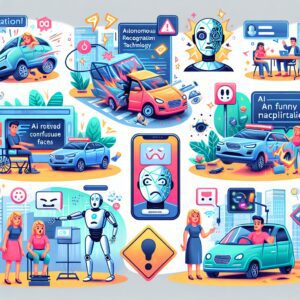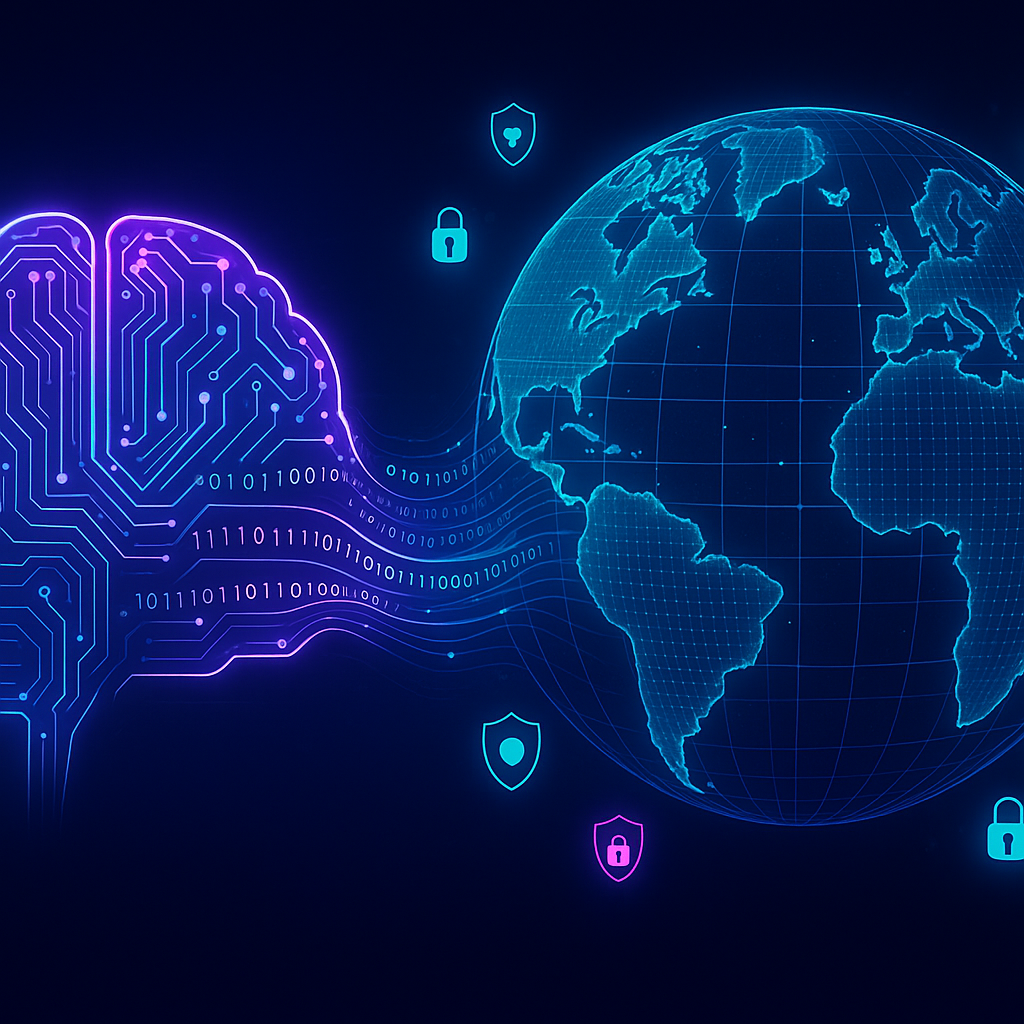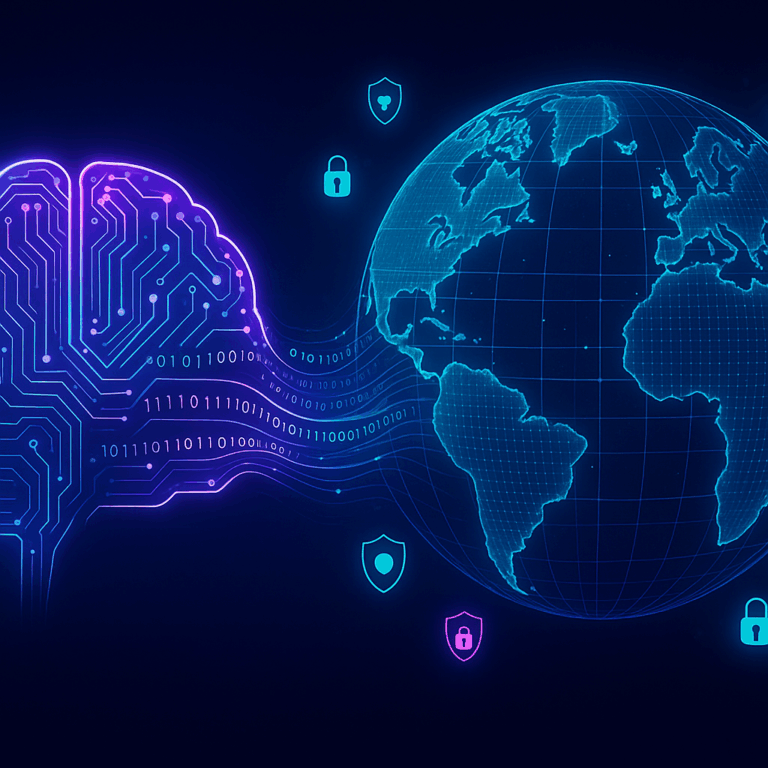
Lessons from Major AI Failures in Cybersecurity
In the swiftly evolving landscape of cybersecurity, artificial intelligence (AI) is heralded as both a boon and a bane. While AI has the potential to revolutionize threat detection and response, significant failures in its application underscore the complexities and risks involved. This in-depth analysis scrutinizes some major AI failures in cybersecurity, offering a comprehensive understanding of advanced technical concepts and actionable insights for professionals aiming to stay ahead of emerging threats.
AI-Driven Threat Detection: The Double-Edged Sword
AI-driven threat detection mechanisms promise to detect anomalies and potential breaches much faster than traditional methods. However, they come with their own set of challenges and pitfalls.
Challenges in AI-Driven Threat Detection
Inaccurate Data Training: AI systems are only as good as the data they are trained on. Poor quality or biased datasets can lead to false positives or negatives, sacrificing the integrity of the security framework.
Adversarial Attacks: Sophisticated attackers can deliberately manipulate inputs to confuse AI models. This can result in the AI system overlooking genuine threats or flagging benign activities as malicious.
Overfitting and Underfitting: Striking a balance in machine learning model training is critical. Overfitting to specific datasets can cause the AI to miss variations of known threats, while underfitting can result in broad generalizations that are ineffective.
Machine Learning Algorithms for Anomaly Detection
Machine learning (ML) algorithms are pivotal in identifying deviations from normal behavior, often signaling a security incident. However, these algorithms are not without their limitations and caveats.
Technical Aspects of ML Algorithms
Supervised vs. Unsupervised Learning:
- Supervised Learning:
- Requires labeled datasets
- Effective for identifying known threats
- Susceptible to evolving threat landscapes
- Unsupervised Learning:
- Relies on pattern recognition
- Can detect unknown threats
- Complex and often resource-intensive
Real-World Applications and Pitfalls</b
Spam Detection: Spam filters powered by ML, such as those used by Google, have significantly reduced spam. However, sophisticated techniques still bypass these filters, highlighting ongoing vulnerabilities.
Behavioral Analysis: Companies often use ML to detect unusual user behavior indicating a potential breach. The flipside is that benign anomalies (e.g., accessing a network from a different location) may trigger false alarms, inundating security teams with alerts.
Network Security Protocols and AI
Network security protocols are designed to safeguard data integrity, confidentiality, and availability. AI has been integrated into these protocols to bolster security, but this integration isn’t flawless.
Enhancements and Challenges
Automated Threat Hunting: AI can sieve through vast amounts of network traffic to identify threats. Despite its efficiency, the reliance on AI alone can be risky. Human oversight remains indispensable to interpret and act on AI-generated insights.
Encryption and Intrusion Detection: AI can enhance encryption techniques and detect intrusions with high accuracy. However, encrypted data can also obscure malicious traffic, challenging AI systems to differentiate between normal and harmful encrypted streams.
Case Studies: Successes and Failures
Alibaba’s AI-driven fraud detection system has successfully curbed fraudulent transactions. Conversely, the failure of AI in Microsoft’s Tay chatbot, which was easily corrupted, serves as a stark reminder of the vulnerabilities in AI applications.
Data Protection Strategies Augmented by AI
Data protection is paramount in cybersecurity, and AI has been employed to enhance these measures. Nonetheless, integrating AI introduces new dynamics that require careful consideration.
Advanced Data Protection Techniques
Data Masking and Tokenization: AI can automate the process of data masking and tokenization, reducing the risk of data breaches. However, the system’s effectiveness is contingent on the AI’s robustness and the masking techniques employed.
Real-Time Threat Monitoring: AI can help in real-time monitoring and immediate response to data breaches. A major challenge here is ensuring the AI’s decision-making criteria accurately reflect security policies.
Implications and Future Trends
Integration with Blockchain: Combining AI with blockchain can create immutable records of data transactions, enhancing data integrity and security.
Regulation and Compliance: As AI systems evolve, regulatory frameworks must keep pace. Emerging regulations such as GDPR already mandate stringent data protection measures, necessitating AI systems to be compliant by design.
Conclusion
The integration of AI in cybersecurity is a complex domain fraught with potential and peril. While AI-driven threat detection and ML algorithms for anomaly detection offer advanced mechanisms to combat cyber threats, their effectiveness is tempered by limitations like inaccurate data training, adversarial attacks, and complexity. Network security protocols augmented by AI and advanced data protection strategies indicate promising trends, yet require continuous scrutiny and human intervention.
For cybersecurity professionals, understanding these dynamics is crucial for developing robust defense mechanisms. As AI technologies and cyber threats co-evolve, maintaining a balanced and informed approach will be key to safeguarding digital assets effectively.
Key Takeaways:
- AI in cybersecurity offers significant advantages but is vulnerable to sophisticated attack methods and data quality issues.
- Human oversight remains crucial to complement AI-driven mechanisms effectively.
- Future trends like AI-integrated blockchain and evolving regulatory landscapes will shape the cyber defense strategies of tomorrow.
By learning from past AI failures and addressing present challenges, cybersecurity professionals can better harness the power of AI and stay resilient against the ever-evolving threat landscape.



